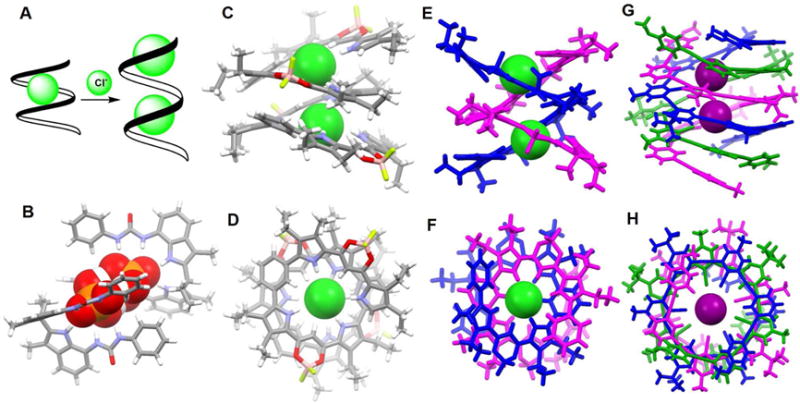Figure 16. Structures of various anionic complexes.

(A) Schematic representation of the complexation of chloride ions by foldamer 34.
(B) Single crystal X-ray structure of the complex [H3(PO4)2]3− ⊂ 362.
(C) Front view of the crystal structure of the complex [Cl2]2− ⊂ 39.
(D) Top view of the crystal structure of the complex [Cl2]2− ⊂ 39.
(E) Front view of the crystal structure of the complex [Cl2]2− ⊂ 382.
(F) Top view of the crystal structure of the complex [Cl2]2− ⊂ 382.
(G) Front view of the crystal structure of the complex [I2]2− ⊂ 403.
(H) Top view of the crystal structure of the complex [I2]2− ⊂ 403.
All anions encapsulated within the cavities are shown in space-filling form. Color code for (B), (C) and (D): C = gray, N = blue, O = red, P = yellow, Cl = green. Various colors (pink, blue or green) are used to represent different independent ligands. The counter cations and other molecules outside the cavities are omitted for clarity.
